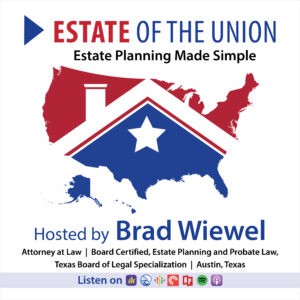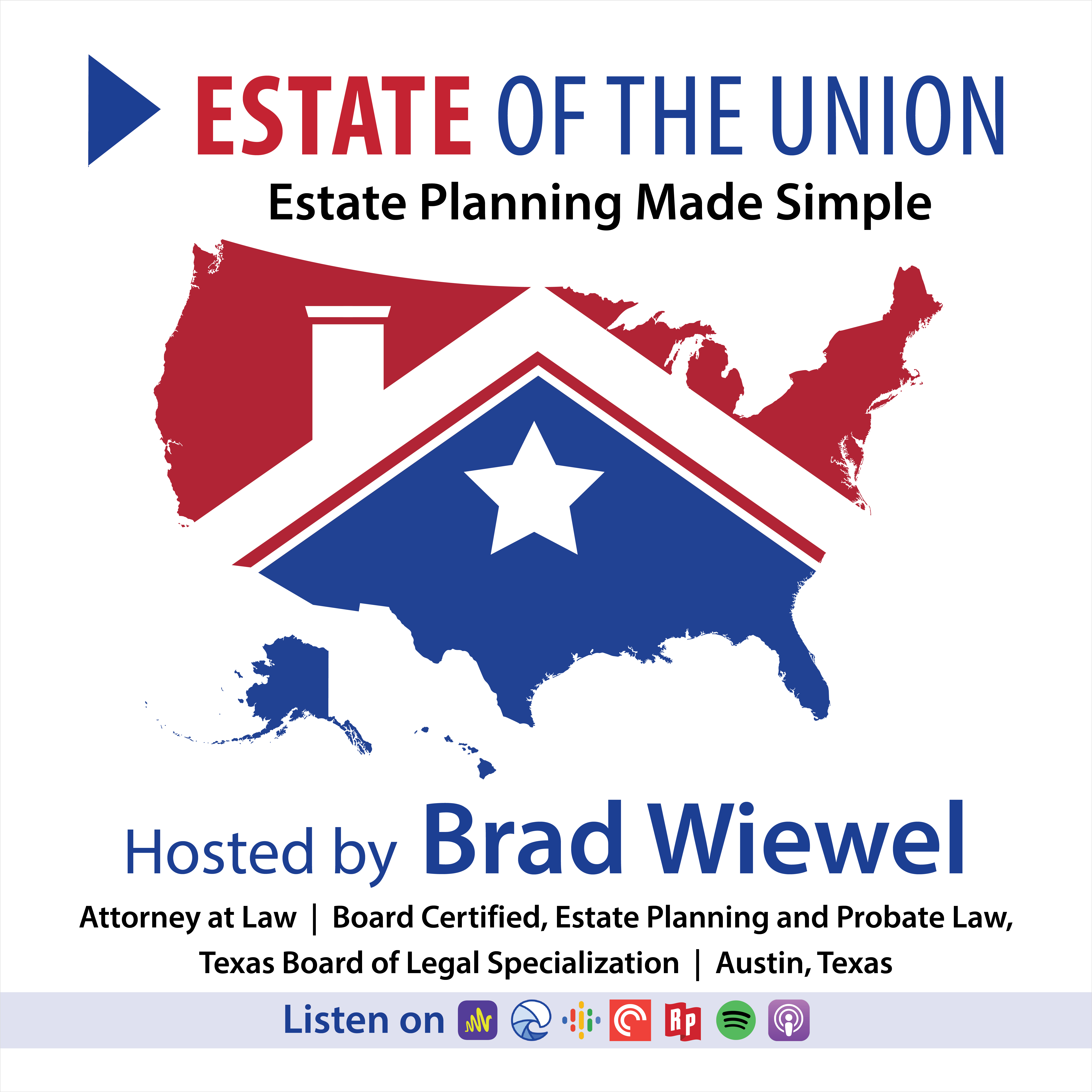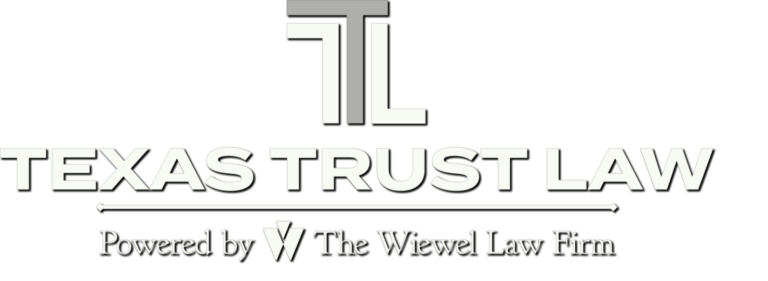
Owning a Second Home creates Unique Tax Implications
Many people dream of owning a cabin or a sunny beach house away from their homes. While these dreams are beautiful, buying a second home isn’t as simple as picking a new getaway. Your second home can increase your tax burden more than your first. Owning a second home creates unique tax implications to keep in mind. According to Central Trust, understanding the strings attached to a second home is a must.
If you already own one home, purchasing a second means doubling up on property tax bills. Your deductions for state and local taxes are also capped at $10,000. State taxes on your primary home often reach that limit on their own. As a result, a second home may increase your tax liability much more than you’d expect. While you can deduct mortgage payments on your second home, it’s limited to a combined total of $750,000 for both residences.
There are tax benefits if you plan to rent and limit personal use to 14 days or 10% of rental days. Doing so allows you to deduct utilities, maintenance and improvement costs as you would for any other rental property. However, be careful – renting to relatives at market rate still counts as personal use.
When selling your primary residence, you can usually exclude a portion of the gains from taxes. However, this isn’t the case with a second home. Your vacation house is taxed as an investment property, which means capital gains can go up to 23.8%.
However, there’s a way to avoid paying capital gains tax on your second home. You may avoid capital gains tax if you live in it as your primary residence for at least two of the five years before you sell. Considering the average home price in America today, a lower tax rate can amount to impressive savings.
On the other hand, lost rental revenue or an increased cost of living could detract from these savings. Weigh the costs and benefits before choosing your tax management strategy.
Maintaining solid records is crucial if you’re renting out a second home. If the IRS audits your return and you can’t provide evidence, you could face extra taxes and penalties. Keep receipts, bills and documents detailing any expenses related to the property. If you plan to avoid capital gains tax by living in the home, keep proof of your residence and travel during the time in question.
The thrill of buying a second home should not overshadow the importance of thorough estate planning. Consult a tax professional or financial advisor to avoid costly mistakes.
Key Takeaways:
- Double the Taxes: Owning a second home brings a second set of property tax and mortgage interest bills.
- Rental Benefits: Renting out your vacation home could offer tax deductions.
- Capital Gains Tax: Selling a second home could subject you to up to 23.8% capital gains tax. Living there for two of five years before selling can help avoid this.
- Record Keeping is Essential: Proper documentation of expenses and rental income is crucial to avoid penalties in case of an IRS audit.
- Consult an Advisor: Seek guidance from tax or estate planning professionals to create a sound plan and minimize tax implications.
Owning a second home creates unique tax implications that can cause a headache for your estate planning. Discuss the topics in this post with your estate planning attorney before you purchase that dream second home. If you would like to learn more about tax planning for real property, please visit our previous posts.
Reference: Centraltrust (March 2024) “Second Homes & Tax Implications – Central Trust Company”
Image by Hans














